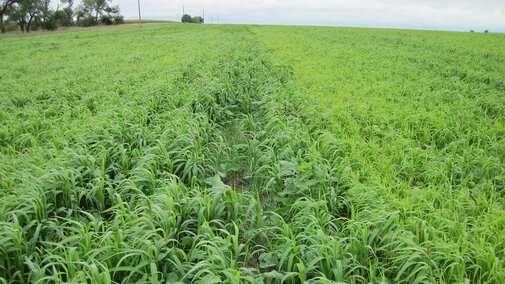
To help manage cropland damaged by Nebraska’s severe spring weather, the USDA’s Natural Resources Conservation Service (NRCS) is providing EQIP funds to plant cover crops on cropland acres. Two application windows and funding opportunities will be available on a first come, first served basis. Producers are encouraged to apply at their local USDA Service Center by May 17, 2019 for the first window or by June 21, 2019 for the second window.
Nebraska NRCS State Conservationist Craig Derickson said, “This funding will address resource concerns like erosion and water quality, resulting directly from the March 2019 severe weather damage on cropland acres. Cover crops are an excellent way to provide protection to cropland after conservation work has been completed. Cover crops can stabilize the soil and improve soil health.”
This funding is available statewide to assist the widespread recovery work on cropland acres directly impacted by the severe weather in March. The highest priority cropland includes land which can't be planted with a cash crop and/or harvested in 2019.
Cover crops prevent erosion, improve soil’s physical and biological properties, supply nutrients, suppress weeds, improve the availability of soil water, and break pest cycles along with various other benefits. Cover crops potentially can also be grazed.
Work currently being done to maintain conservation structures as well as sediment removal, debris removal or grading and reshaping can be stabilized and protected from further erosion and damage by planting a cover crop.
Derickson said, “For Nebraska’s cropland that suffered significant damage, planting a cover crop can be a great way to help protect fields and help restore productivity.”
For more information, visit NRCS at a USDA Service Center, or visit www.ne.nrcs.usda.gov.

